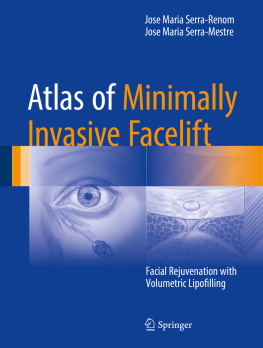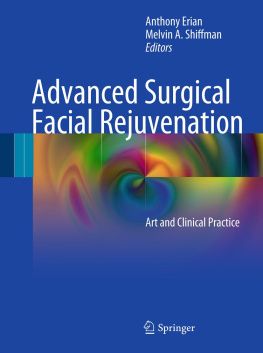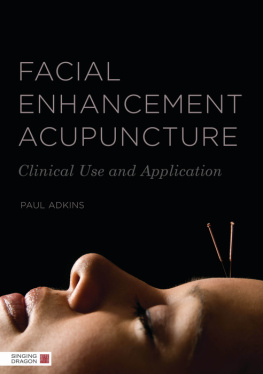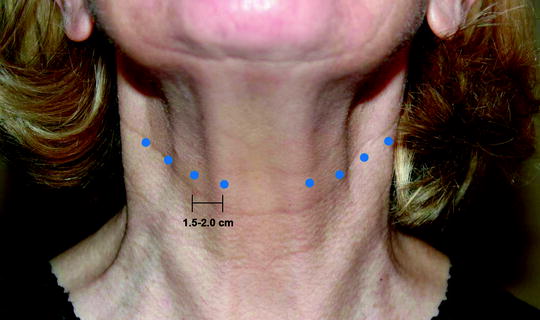Introduction
The use of Botulinum toxins for the upper third of the face has been a well-ensconced facet of dermatologic surgery for over a decade. With greater experience with this toxin, additional areas have been treated with varying degrees of success. The middle third of the face as well as the lower thirds of the face may be injected by physicians with advanced technical abilities and knowledge of the relevant anatomy. Within the lower third of the face, the mentalis and platysma are easily treated with Botulinum toxins. Despite the fact that the platysma is not technically part of the lower third of the face, the muscle functions as a depressor of this region and its treatment greatly impacts the overall aesthetic of the entire face. Its treatment with Botulinum toxins is a relatively simple technique that can be mastered by those with experience in the upper third of the face and it can be extremely rewarding for both patient and physician. Newer modalities of radiofrequency, fractional resurfacing, and laser are able to change the texture and color of the neck. Combining these with injections of botulinum toxins offers the opportunity to dramatically improve an area that has traditionally been recalcitrant to rejuvenation.
Clinical Examination
The lower third of the face has several depressors that serve to pull it in a caudal direction. These include the depressor anguli oris, depressor labii, the mentalis and, to an extent, the platysma. Inactivation of the depressors will tend to enable the elevator muscles to lift the lower third of the face. When used in conjunction with fillers for this area, the results of these treatments can be dramatic and synergistic. Injections of the platysma tend to neutralize the downward pull from this muscle and also to affect the appearance of the muscle, which has a dramatic result in many individuals.
As with the rest of the body, platysmal bands change over time. During the first few decades of life, the platysma is camouflaged by a thin layer of subcutaneous fat. In addition, the anatomy of the muscle is that of a diffuse band rather than a group of strings. With age, the layer of fat disappears and there is no barrier between the muscle and the skin. Thus, each string of the muscle can be visualized. Concurrently, the muscle becomes a series of fibrous bands rather than a homogenous layer. The combination of the loss of a barrier layer and development of discrete bands lends itself to treatment with Botulinum toxins.
The platysma is a superficial and diffuse muscle. Its insertion is onto the chin and its origin is on the sternum. It may be best visualized by asking the patient to grimace or make a monster face (Fig. ). Variations in individual anatomy are common and each patient should be assessed and treated according to their anatomy.
Fig. 1.1
Well defined platysma bands are evident in this 6-year-old girl
One caveat that bears mention is that injections into patients without dynamic contributions from the platysma (e.g., those with flaccid necks that require liposuction or that have redundant skin for which surgery is the only solution) will result in patients who are dissatisfied. As with other Botulinum toxin treatments, proper patient selection is important when injecting the neck.
Treatment Indications
Setting Selection
In comparison with upper facial injections, the dilution of Botulinum toxin for this area may be more diffuse as the muscle itself is diffuse rather than discrete. When injecting Botox, dilutions between 2 and 4 mL per 100 units, is appropriate. For Dysport, the dilution should be between 2 and 4 mL per 300 units. Dilution with more saline than these amounts may be beneficial for this area since diffusion may help to deactivate this diffuse muscle.
Treatment Technique
Anatomic considerations when injecting the neck are paramount to patient safety. The strap muscles of the neck are adjacent to the thyroid cartilage and errant injection of toxin may potentially interfere with their functions. This may impair the ability to swallow and, in rare instances, necessitate a feeding tube (a suboptimal outcome for a cosmetic patient). If a patient treated in the neck with Botulinum toxin reports difficulty swallowing, immediate consultation with an otorhinolaryngologist for a swallowing study is indicated. Fortunately, this complication is extremely rare.
Injection techniques depend on the anatomy being treated. To visualize the platysma and observe the function of the muscle, one needs to activate it by asking the patient to grimace or to show you their lower teeth. In some individuals, the platysma muscle is broad and drapes out over the span of the neck. Other individuals have vertical muscles that are typically 2-4 bands that can be easily grasped.
For patients with broad diffuse muscles of the neck, injections should be diffuse and should be spaced out across the area that moves with contraction (Fig. ). Each injection should be approximately 1.5-2 cm apart and it is helpful to inject in a horizontal manner. Subcutaneous injections should be made with the needle in the superficial dermis. Raising a bleb, each area should be injected with about 2.5 units of toxin for Botox or 7.5 units for Dysport. When beginning to treat this area, women may be treated with between 25 and 50 units of Botox or 50-120 units of Dysport depending on their muscle mass. Men require more than this and may be treated with between 30 and 75 units of Botox or 60-180 units of Dysport.
Fig. 1.2
Injection pattern for patients with broad diffuse muscle patterns. Courtesy of Sarah Weitzul, MD













